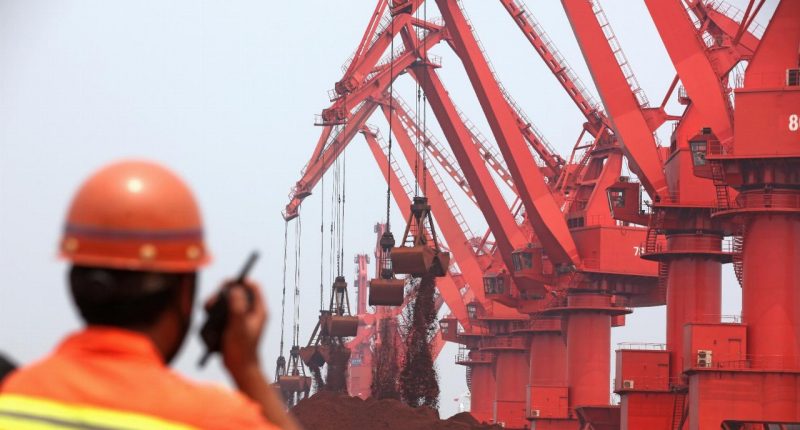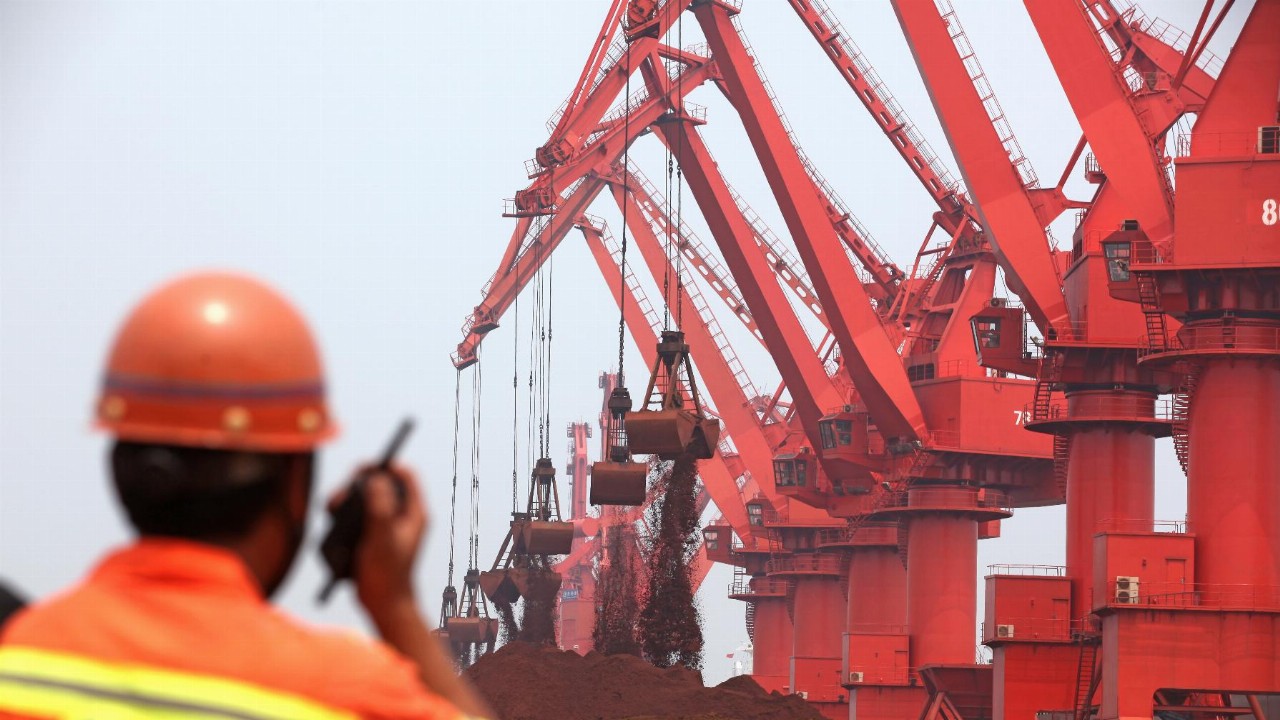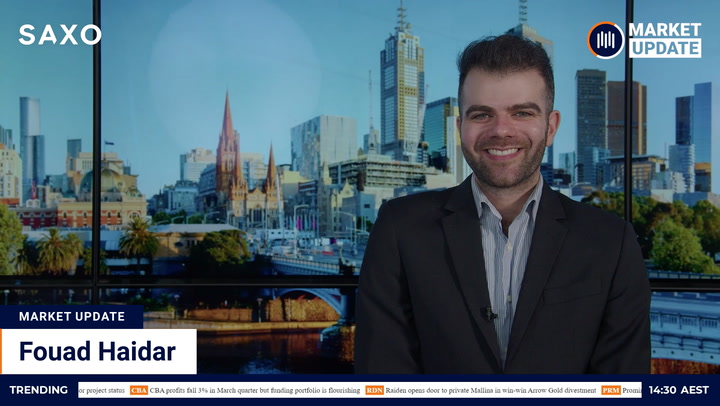Iron ore prices, the principal engine of Australia’s economy and a key determinant of AUD performance, aren’t having a ripper start to 2024.
At the end of Week 2, 2024, prices fell more than six per cent to below US$130/tonne.
As of late afternoon, Tuesday, January 16 2024, prices have dipped further, to US$127/tonne.
This price is reflected on the Singapore Exchange (SGX) price for iron ore, the benchmark most Australian analysts watch.

What’s going on?
Iron ore prices are facing one key headwind – China’s economic slowdown.
Since emerging from the world’s strictest COVID-era lockdowns in early 2023 – a development achieved, in part, through historic riots – the Chinese economy has failed to bounce back.
Myriad analysis in late 2022 and early 2023 forecast a Chinese economic bounceback to act as a boon for world markets.
That never happened in 2023.
The Chinese economy is still in deflation, and while falling goods prices in China are good for a world reliant on Chinese manufacturing, it’s not a good story for China’s GDP growth.
Isn’t deflation a good thing?
Union Bancaire Privee Global Head of FX Strategy Peter Kinsella said overnight that China is “exporting deflation” around the world. So for consumers (read: everyday people,) this news isn’t terrible.
But for Australia, a slowdown in China’s steel manufacturing sector is bad news.
China is the major consumer of our iron ore. And for the rest of the world, analysts everywhere see Chinese GDP growth as a bellwether for the larger global economy.
There’s also the issue that stockpiles of iron ore at Chinese ports continue to climb, adding downward pressure on the iron ore market, particularly from the side of speculators.

China remains in deflation with no immediately apparent end in sight. For this reason, Fitch Ratings says it expects iron ore demand to be “broadly flat” in 2024, suggesting an immediate Chinese turnaround isn’t imminent.
Are prices merely correcting?
This stockpile situation has been emerging since as far back as October 2023 – leaving some analysts in 2024 questioning why iron ore prices rose to US$133/tonne in recent history at all – including Westpac commodity chief Robert Rennie.
In that light: the decline in prices we’re seeing in iron ore could simply reflect a return to true value.
Looking for consensus right now regarding the iron ore price forecast for 2024 is, in a word, difficult. Just take a look at the (relative) diversity of predictions.
- Goldman Sachs: End of 2024 price at US$110/tn
- Benchmark Minerals Intelligence: 2024 average price of US$120/tn
- ANZ: ‘Prices to remain above US$100/tn’
- ING: Average 2024 price of $US120/tn
- Yarra Capital Management: US$120/tn 2024 average
- Commonwealth: End of 2024 price at US$90/tn
As recently as November 2023, Citigroup was calling US$140/tonne.
The world always needs iron ore, right?
Indeed, China is still buying iron ore and making steel, but the further prices fall, the more likely it is Australia’s trade surplus strengths will fall in future budgets.
Andrew Forrest, for one, told Bloomberg Intelligence overnight that he believes the iron ore “megatrend is completely unchanged [and] still firmly in place,” citing accelerated steel consumption.
However, he refused to be called on price predictions – in the same way, he refused to comment on the Chinese economy.
According to S&P Global Market Intelligence, iron ore will be one of the few commodities through 2024 that escapes a general global downtrend in overall mining capital expenditure (CapEx).
In a forecast report released in Q4 of last year, the US (and Canada) will join Africa, Latin America, and the Caribbean as the four regions to see the highest rates of investment, with each taking a 25 per cent share, according to S&P analysts.
Is there too much supply?
But that brings us to a second key headwind facing iron ore.
While most coverage addresses the role of the Chinese economy in affecting prices, there is another dynamic slowly emerging – a supply-side story.
With iron ore stockpiles building up at Chinese ports, if S&P is correct that the iron ore sector spend globally could double through 2024, the notion we’re seeing early indicators of oversupply becomes more prescient.
One must fairly note the stockpile build coincides with not only a general Chinese slowdown but specifically, the ongoing battle the country faces in getting its construction sector back to pre-COVID performance.
So, if the country starts building like crazy again, iron ore will go back up, right?
Maybe. Except, Grow Investment Group economist Hao Hong earlier this month told CNBC he expects the Chinese property sector to remain subdued for “multiple years”.
With Australia the world’s largest iron ore producer but dependent on a healthy Chinese demand – analysts are likely to be watching closely, and you’ll be hearing more about this through 2024.








